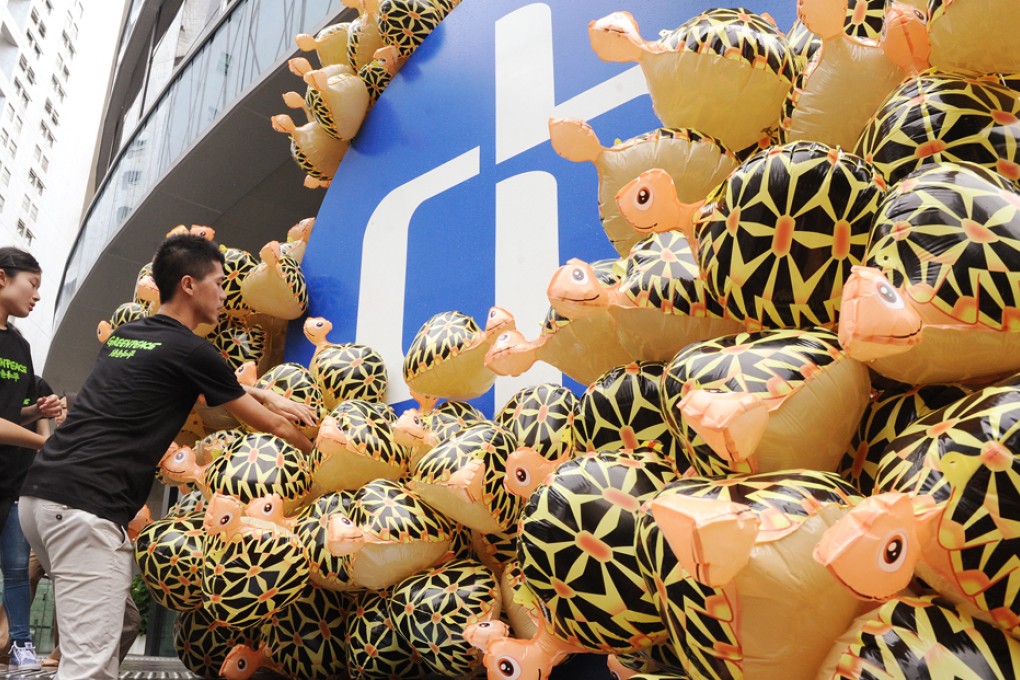Green groups demand CLP agree to HK$300m subsidy proposal
Green groups ask electricity supplier to share profits with consumers so they can ditch energy-hungry appliances and save power

Green groups are calling on electricity supplier CLP Power to dole out HK$300 million in subsidies each year for the next five years to help consumers reduce their energy usage by 1 per cent.
The money, which could be drawn from company profits, would subsidise customers in buying energy-efficient household appliances as well as residential committees in investing in green buildings and installations, they said.
The company paid HK$660 million in dividends last year, so requesting they take a small percentage of profits to give back to society for the environment is reasonable
Members of 11 environmental, welfare and political groups gathered yesterday to demand a response from CLP Power as it announced its interim results.
Greenpeace and Friends of the Earth said they had proposed the "1 per cent" initiative - equivalent to roughly 300 million kilowatt-hours in electricity savings - to CLP Power earlier this year, but had not got any meaningful response. "CLP has been giving us a lot of nonsense responses. Until now, we don't know whether they think our proposed target is too high, too low or acceptable," senior Greenpeace campaigner Prentice Koo Wai-muk said.
"Our approach is to take a strong stance and make CLP adopt our proposal."
Koo said the subsidies should not affect electricity bills as the money would come from the firm's profits, not tariffs: "The company paid HK$660 million in dividends last year, so requesting they take a small percentage of profits to give back to society for the environment is reasonable."